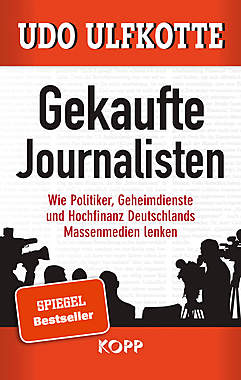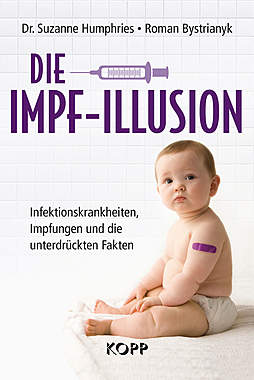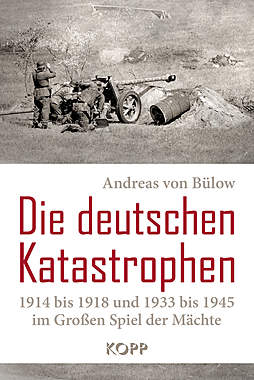- OT Neue Lichtquelle - CRASH_GURU, 08.11.2005, 09:33
OT Neue Lichtquelle
-->
ACCIDENTAL INVENTION POINTS TO END OF LIGHT BULBS
By Bjorn Carey
LiveScience
October 21, 2005
http://www.livescience.com/technology/051021_nano_light.html
The main light source of the future will almost surely not be a bulb. It
might be a table, a wall, or even a fork.
An accidental discovery announced this week has taken LED lighting to a new
level, suggesting it could soon offer a cheaper, longer-lasting alternative
to the traditional light bulb. The miniature breakthrough adds to a growing
trend that is likely to eventually make Thomas Edison's bright invention
obsolete.
LEDs are already used in traffic lights, flashlights, and architectural
lighting. They are flexible and operate less expensively than traditional
lighting.
Happy accident
Michael Bowers, a graduate student at Vanderbilt University, was just
trying to make really small quantum dots, which are crystals generally only
a few nanometers big. That's less than 1/1000th the width of a human hair.
Quantum dots contain anywhere from 100 to 1,000 electrons. They're easily
excited bundles of energy, and the smaller they are, the more excited they
get. Each dot in Bower's particular batch was exceptionally small,
containing only 33 or 34 pairs of atoms.
When you shine a light on quantum dots or apply electricity to them, they
react by producing their own light, normally a bright, vibrant color. But
when Bowers shined a laser on his batch of dots, something unexpected
happened.
"I was surprised when a white glow covered the table," Bowers said."The
quantum dots were supposed to emit blue light, but instead they were giving
off a beautiful white glow."
Then Bowers and another student got the idea to stir the dots into
polyurethane and coat a blue LED light bulb with the mix. The lumpy bulb
wasn't pretty, but it produced white light similar to a regular light bulb.
The new device gives off a warm, yellowish-white light that shines twice as
bright and lasts 50 times longer than the standard 60 watt light bulb.
This work is published online in the Oct. 18 edition of the Journal of the
American Chemical Society.
Better than bulbs
Until the last decade, LEDs could only produce green, red, and yellow light,
which limited their use. Then came blue LEDs, which have since been altered
to emit white light with a light-blue hue.
LEDs produce twice as much light as a regular 60 watt bulb and burn for over
50,000 hours. The Department of Energy estimates LED lighting could reduce
U.S. energy consumption for lighting by 29 percent by 2025. LEDs don't emit
much heat, so they're also more energy efficient. And they're much harder to
break.
Other scientists have said they expect LEDs to eventually replace standard
incandescent bulbs as well as fluorescent and sodium vapor lights.
If the new process can be developed into commercial production, light won't
come just from newfangled bulbs. Quantum dot mixtures could be painted on
just about anything and electrically excited to produce a rainbow of colors,
including white.
One big question remains: When a brilliant idea pops into your mind in the
future, what will appear over your head?
gesamter Thread:
 Mix-Ansicht
Mix-Ansicht

